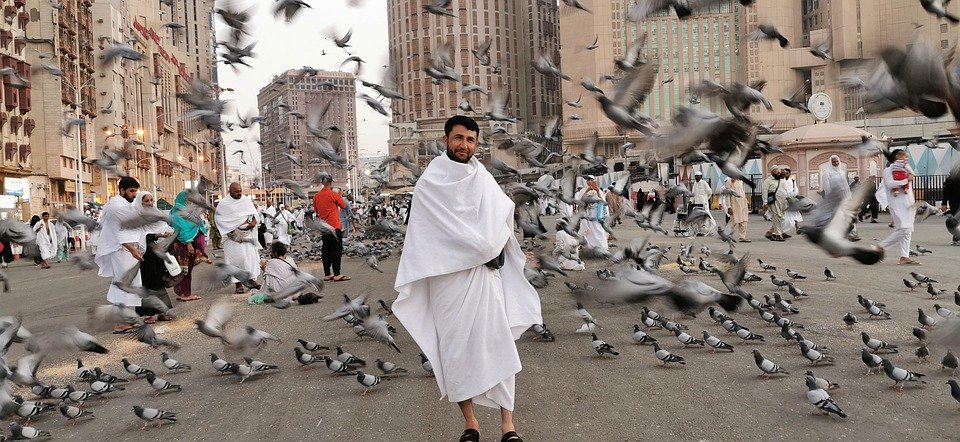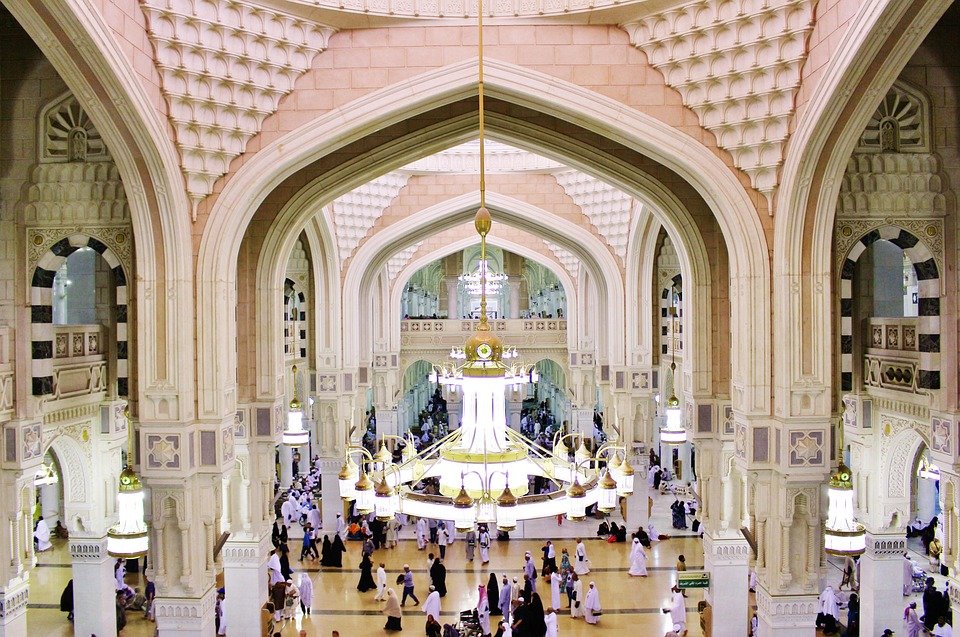Have you ever wondered what is inside Kaaba? I think many of us are curious about the sacred structure at the heart of Islam. The Kaaba, located in Makkah, is more than just a building—it holds deep spiritual significance. Inside, you’ll find simple yet profound elements, like the marble floor, golden inscriptions, and three wooden pillars supporting the roof. There’s also a small table for perfumes and a staircase leading to the roof, though access is extremely rare. If you’re looking for a clear, reliable guide on what is inside Kaaba, you’re in the right place. I feel this article will give you the answers you need, with accurate Islamic information to satisfy your curiosity.
At Hajj2026.org, we’ve been sharing trusted insights about Umrah and Makkah travel since 2016. With nine years of experience, we know how important it is to provide authentic details about sacred places like the Kaaba. In my opinion, understanding what is inside Kaaba shouldn’t be confusing—it should be easy, respectful, and based on facts. That’s why we’ve put together this guide, drawing from reliable sources and our own expertise in Islamic travel. Whether you’re planning a pilgrimage or simply seeking knowledge, we’re here to help you learn with clarity and confidence.
What Is Inside Kaaba? Sacred Objects & Islamic Significance
The Kaaba, the most sacred structure in Islam, stands majestically in the heart of Masjid al-Haram in Makkah. Millions of Muslims around the world face its direction during their daily prayers. But have you ever wondered what lies inside this revered black-clad cube? While most people only see its exterior, the interior holds deep spiritual and historical significance.
In my opinion, the Kaaba is more than just a building—it’s a symbol of unity, faith, and divine connection. Its contents are shrouded in mystery for many, but Islamic history and trusted accounts give us glimpses of what resides within. I think understanding these sacred elements strengthens our appreciation for this holy site.
At Hajj2026.org, we’ve been guiding travelers to Makkah and Madinah since 2016. With nine years of expertise in Umrah and spiritual journeys, we connect pilgrims with trusted tour operators who ensure a meaningful experience. While we don’t directly provide Hajj or Umrah services, our network includes some of the best in the field.
What Is Inside Kaaba?
The Kaaba’s interior is not open to the public, and only a select few—such as caretakers and dignitaries—are permitted inside. However, historical records and firsthand accounts reveal fascinating details about its contents. The inside is simple yet profound, housing objects that carry immense religious importance.
I feel that knowing what lies within deepens our spiritual connection. From golden artifacts to ancient relics, the Kaaba’s interior tells a story of devotion spanning centuries. Let’s explore these sacred elements and their significance in Islam.
The Three Pillars Supporting the Roof
When you imagine the Kaaba’s interior, picture three wooden pillars standing tall, holding up the ceiling. These pillars are made from the finest teak wood and are adorned with intricate designs. They provide structural support, ensuring the sanctity of the space remains undisturbed.
Some accounts mention that these pillars have been replaced over time but always maintain their sacred purpose. I think their presence inside the Kaaba symbolizes strength and stability—qualities that resonate deeply in Islamic teachings. They remind us that faith, like these pillars, must remain unshaken.
The Hanging Lamps and Golden Ornaments
Inside the Kaaba, golden lamps illuminate the space, casting a soft, divine glow. These lamps are not just functional; they carry historical and spiritual weight. Made from precious metals, they reflect the reverence Muslims hold for this sacred house.
In my opinion, the lighting inside the Kaaba creates an atmosphere of tranquility. The golden ornaments, including candlesticks and inscriptions, add to the sanctity. These objects have been maintained for generations, preserving the Kaaba’s timeless beauty.
The Tablets with Inscriptions
The walls inside the Kaaba bear inscriptions, some dating back centuries. These tablets contain verses from the Quran, prayers, and historical records. They serve as a testament to the Kaaba’s enduring legacy in Islamic history.
I feel these inscriptions are like silent storytellers, connecting us to the past. They remind us of the countless believers who have honored this sacred space. Each word etched into these tablets carries profound meaning, reinforcing the Kaaba’s spiritual significance.
The Staircase Leading to the Roof
A small, movable staircase inside the Kaaba allows access to the roof. This staircase is used during cleaning and maintenance. While it may seem like a simple object, its presence highlights the care taken to preserve this holy site.
I think this staircase represents the balance between the physical and spiritual worlds. It’s a practical tool, yet its role in maintaining the Kaaba gives it symbolic importance. Every detail inside the Kaaba, no matter how small, holds meaning.
The Black Stone’s Inner Placement
The Black Stone (Hajar al-Aswad) is embedded in the Kaaba’s exterior corner, but its inner side is also significant. While not inside the main chamber, its presence is deeply tied to the Kaaba’s sanctity. Islamic tradition holds that it descended from Paradise.
In my opinion, the Black Stone’s connection to the Kaaba’s interior is spiritual. It serves as a focal point for prayers and rituals, linking believers to a divine legacy. Touching or kissing it during Tawaf is a profound act of devotion.
The Gifts and Offerings Left by Kings and Leaders
Over the centuries, rulers and pilgrims have gifted precious items to the Kaaba. Some of these offerings—gold, silver, and rare artifacts—are kept inside. These gifts reflect the deep love and respect Muslims have for this sacred structure.
I feel these objects are more than just treasures; they represent gratitude and faith. Each gift tells a story of a leader or believer who sought to honor Islam’s holiest site. Their contributions have helped preserve the Kaaba’s grandeur.
The Spiritual Atmosphere Inside the Kaaba
Beyond physical objects, the Kaaba’s interior carries an indescribable spiritual energy. Those who have entered speak of an overwhelming sense of peace and closeness to Allah. The simplicity of the space magnifies its holiness.
I think this atmosphere is what makes the Kaaba so special. It’s not just about what you see but what you feel. For Muslims, the Kaaba is a direct link to the divine, and its interior holds that sacred connection.
Final Thoughts on the Kaaba’s Sacred Interior
The Kaaba is more than an ancient structure—it’s the heart of Islamic faith. While most of us may never see its interior, knowing what lies within deepens our reverence. From golden lamps to historical inscriptions, every element tells a story of devotion.
At Hajj2026.org, we’ve spent nine years helping pilgrims experience the beauty of Makkah and Madinah. Though we don’t organize Hajj or Umrah directly, we work with trusted operators who do. If you’re planning a spiritual journey, let us guide you to a meaningful experience.
The Kaaba’s mystery and majesty continue to inspire millions. Whether outside or within, its significance remains unmatched in the hearts of believers.

